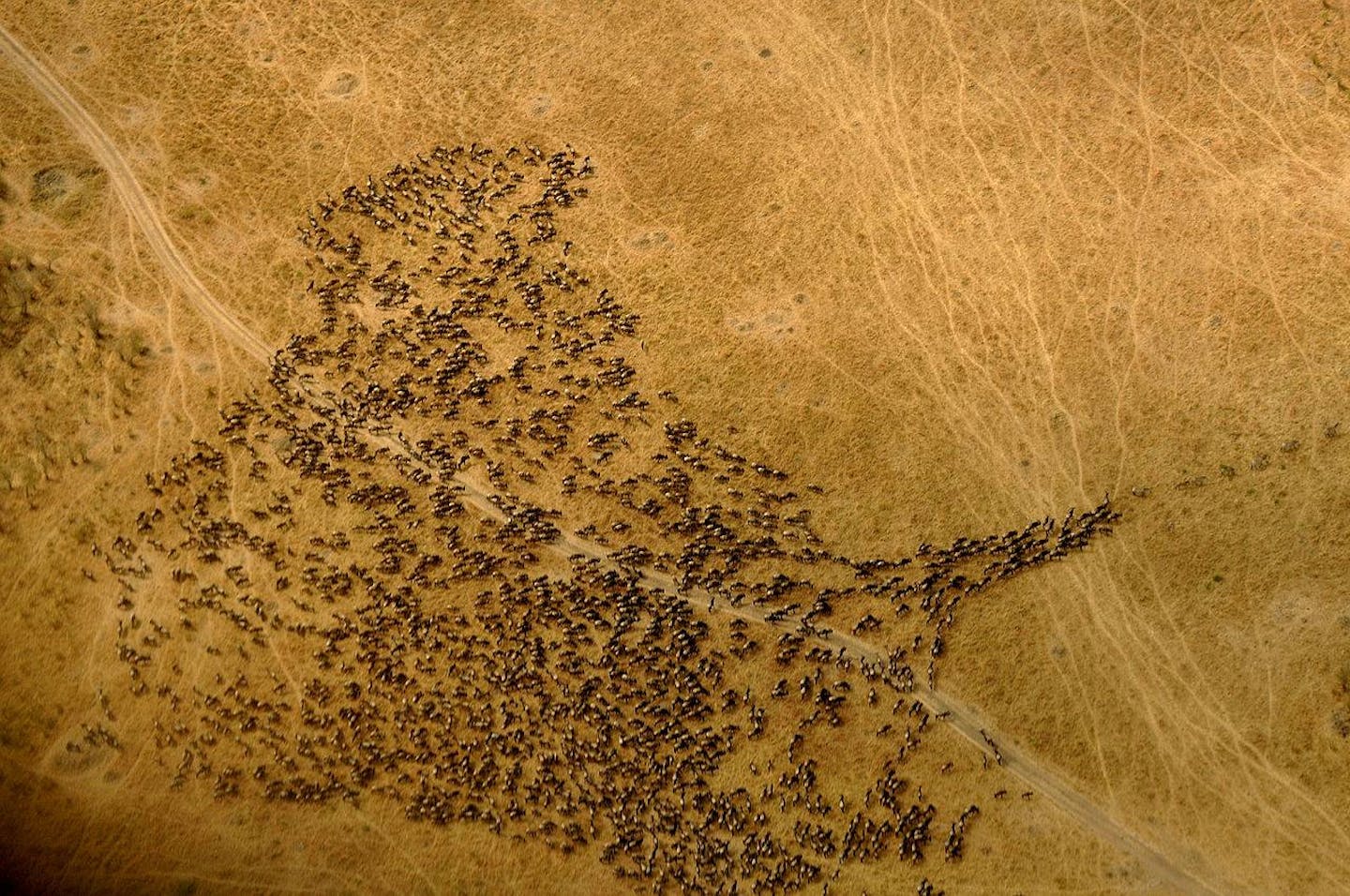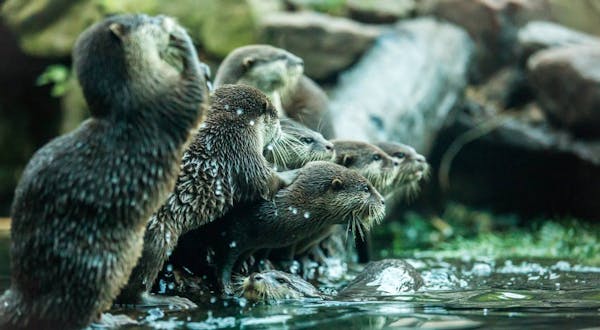Animate the Carbon Cycle: Scientists call for a decade of rewilding to help achieve the 1.5°C target
- Nature Conservation
- Ecosystem Restoration
- Species Rewilding
- Biodiversity
- Science & Technology
- Wildlife
A high-level group of 60 scientists, economists, and experts have launched an initiative, supported by One Earth, to establish the technical potential of ecosystem restoration and rewilding to help in rebalancing the global climate system. Titled Animate the Carbon Cycle: Supercharging ecosystem carbon sinks to meet the 1.5°C target (ACC), the collaborative research effort builds upon recent research, demonstrating that healthy populations of wild animal, plant, and fungal species play an essential role in regulating the global carbon cycle.
Numerous case studies have shown that certain animal species can “supercharge ecosystem carbon sinks” through trophic cascades, seed dispersal, soil fertilization, and other mechanisms. For example, the restored wildebeest population in the Serengeti has almost completely prevented wildfires, and its rejuvenated grasslands now capture carbon equivalent to annual human-caused CO2 emissions of Kenya and Tanzania combined. By protecting wolf populations across the North American boreal region, an amount of carbon was captured equivalent to 10% of the USA’s CO2 emissions. By restoring the forest elephant population in the Congo Basin to historic levels, an amount of carbon equivalent to France’s annual CO2 emissions could be stored.
The potential for restored wildlife populations in the ocean to help stabilize the climate is also very large and has not been fully quantified. If we restore whale populations to their estimated pre-historic population levels, the annual emissions of Russia could be captured. And although global fish stocks are severely overexploited, they still capture an amount of carbon equivalent to twice the CO2 emissions of the EU-27. By rebuilding the world’s severely depleted fish populations through expanded marine protected areas, oceans could increase their carbon storage potential.
It is estimated that approximately 150 GtC in carbon removal will be required this century, alongside a rapid phaseout of fossil fuel emissions, in order to maintain a good chance of limiting global average temperature rise to 1.5°C. Above 1.5°C, ecosystems critical for our survival could hit climate “tipping points”, resulting in rapid ecological decline.
To avoid tipping points, governments must deploy nature restoration at scale. Recent research shows a carbon removal potential of 100 GtC through reforestation and forest restoration, 15 GtC through coastal restoration, and 10 GtC through grasslands restoration. But this is still short of what is needed. Rewilding, or the reintroduction of keystone species within protected areas, has the potential to increase total carbon sequestration potential to 150 GtC or more.
Over the next year, this new initiative will document the scientific, economic, and practical potential of animating the carbon cycle, as well as field methodology, financial, legal, and policy solutions for implementation. The consortium of organizations is led by the Global Rewilding Alliance (GRA), Yale School of the Environment, Re:wild, GRID-Arendal, Rewilding Argentina, the IUCN Wilderness Specialist Group and The WILD Foundation, with input from a diverse group of expert scientists, economists, policymakers, and practitioners.
Rewilding is an extremely cost-efficient solution that allows nature, climate, and people to prosper. It can also offer sustainable funding sources for Indigenous Peoples and Local Communities who steward many of these intact areas. Animating the Carbon Cycle is the critical, missing link between biodiversity and climate change.
The Global Rewilding Alliance is a network of practitioners and messengers of +130 members working on every continent (except Antarctica), restoring and rewilding nature on more than 100 million hectares of land and sea in 70 countries!
Animate the Carbon Cycle


.jpg?auto=compress%2Cformat&h=600&w=600)

